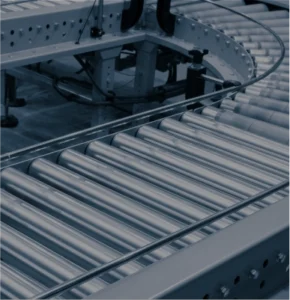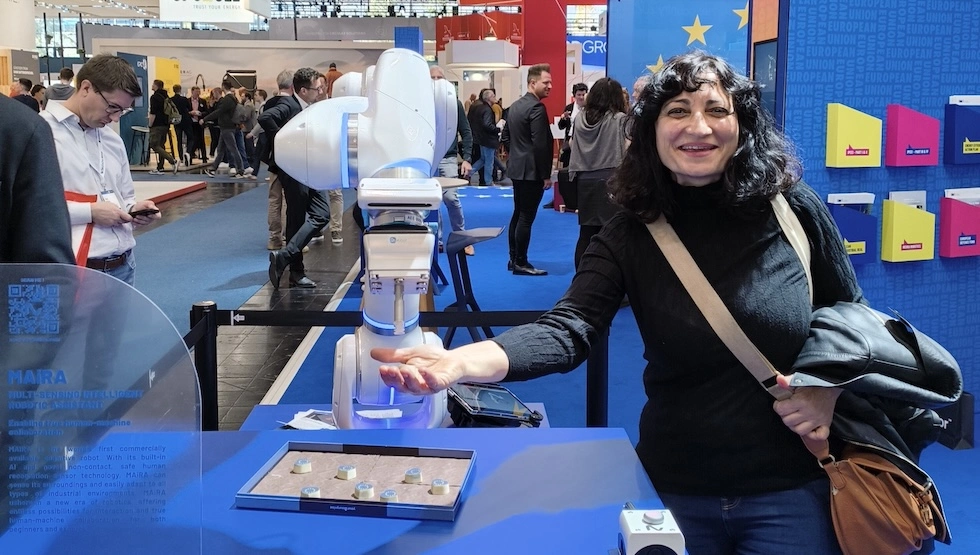In a world where efficiency and innovation are crucial for success, optimisation artificial intelligence (AI) models have become essential tools for businesses across a variety of industries. These models allow us to improve processes, reduce costs and increase competitiveness.
Empowering business efficiency
Optimisation techniques are not only based on ML but also on ad hoc models that we create: so algorithms we create and then optimise.
Below are some typical use cases on how we can help your company.
Automotive
In the automotive field, optimisation AI models are used to improve vehicle production and quality. These models enable the optimisation of supply chains, reduce machine downtime, and improve accuracy in component assembly. In addition, AI helps to predict vehicle failures, thus improving predictive maintenance and customer experience.
Mobility
In the mobility sector, optimisation AI is applied to manage urban traffic, plan efficient routes, and improve public transport services. Optimisation algorithms allow traffic light times to be adjusted in real time, reduce traffic jams and improve traffic flow. They are also used to develop more efficient navigation systems and shared mobility services.
Logistics
Logistics is another industry where AI optimisation has a significant impact. AI models make it possible to improve inventory management, optimise delivery routes, and forecast product demand. With AI, our clients can reduce operational costs, improve on-time deliveries, and increase customer satisfaction. In addition, AI makes it easier to automate warehouses and coordinate vehicle fleets.
For example: algorithms to search for the minimum path or the salesman problem (which are also considered AI) are used for the generation of routes from A to B or to create delivery plans in logistics.
Healthcare
In healthcare, optimisation AI is used to improve hospital management, resource planning, and patient care. Optimisation models allow for efficient allocation of medical resources, planning of healthcare professionals’ schedules, and reduction of waiting times for patients. They are also used in medical research to design clinical trials and personalised treatments.
Manufacturing
In manufacturing, optimisation AI helps improve production, reduce waste, and increase product quality. AI models make it possible to optimise manufacturing processes, adjust parameters in real time, and predict potential failures in production lines. In addition, AI makes it easier to implement advanced manufacturing, such as additive manufacturing and mass customisation.
How can we do that?
We start by defining the business problem to be solved. Whether optimising delivery routes, allocating resources, production planning, etc. It is important to have a clear understanding of the objectives and constraints of the problem.
- Data Preparation: optimisation AI models require a large amount of data to function properly. This data can come from a variety of sources, including sensors, business management systems (ERP), databases, and other information systems. The quality and accuracy of the data are crucial to the success of the model. The collected data must be cleaned and transformed to eliminate errors, outliers, and incomplete data. Preprocessing is performed as well to normalise and structure the data in a format suitable for the model.
- Model creation:
- Model selection: there are different types of optimisation models, such as genetic algorithms, neural networks, linear and nonlinear programming, among others. The selection of the model depends on the nature of the problem and the specific objectives.
- Model training: the AI model is trained using the pre-processed data. During training, the model learns to identify patterns and relationships in the data. Techniques such as cross-validation and hyperparameter tuning are used to improve model performance.
- Real-time integration: once trained, the AI model can generate optimal or near-optimal solutions for the defined problem. The model can be used in real-time to make decisions based on current data. It is essential to validate and evaluate the performance of the model to ensure that it meets the objectives and constraints of the problem.
Building robust and scalable AI models
Optimisation models are not static but under continuous learning. They automatically adapt as new data becomes available, so that we can make then scalable.
We focus on building highly performant optimised AI models that minimise the use of computational resources, resulting in lower costs and environmental impact.
Also, we always evaluate AI use cases within the specific company industry to make sure optimisation AI empowers businesses to make data-driven decisions, optimise processes, and stay ahead in a dynamic market landscape.





























